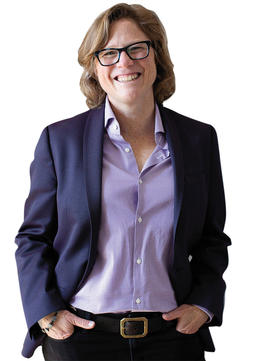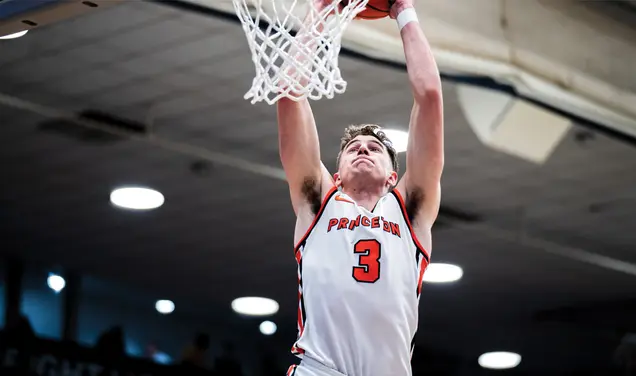Q&A: Kathryn Hamm ’91 on Ushering In an Age of Marriage Equality

Marriage may not be for everyone, but in the United States it is available to anyone. LGBTQ weddings, which became legal nationwide in 2015, are still a relatively new niche for many wedding professionals. As the education expert and diversity and inclusion specialist for the wedding-planning website WeddingWire, Kathryn Hamm ’91 is at the vanguard of an age of inclusivity in weddings. Hamm, who is also the co-author of The New Art of Capturing Love: The Essential Guide to Lesbian and Gay Wedding Photography, discussed the same-sex wedding industry with PAW.
What was the LGBTQ scene like when you were at Princeton?
I came out just before graduation. There was something called “gay jeans day” — it was really traumatic. In other words, wear jeans if you are gay or an ally. I have a distinct memory of hearing some folks on my soccer team realize they were wearing jeans and, horrified, ran home to change. It was a different time.
It was very closeted. I played on the rugby team, and as far as we all knew, we were straight. When I look back, it’s hilarious.
Debbie Bazarsky [former LGBT center director] did incredible work, bringing visibility and pride to the center. The Princeton I see today is light years beyond our experience then.
How did you get into the LGBTQ wedding industry?
My wife and I got engaged in 1998. One or two lesbian couples we knew had done what was called a “commitment ceremony.” It wasn’t accepted in the larger wedding industry.
When we had the ceremony in 1999, my mom went to the gay bookstore to see if they had a lesbian wedding album, and she was stunned to find they had never heard of such a thing. A family friend at the shower heard the story and said, “Why don’t you start twobrides.com?”
Not long after the wedding, my mother registered the domain name, came up with a business plan, and started twobrides.com and twogrooms.com. She ran those for a few years, and then I joined her. I became a full partner in the business in 2005, and that year we rebranded to GayWeddings.com. I had the pleasure of riding this marriage-equality wave with the best seat in the house.
What are the wedding trends for LGBTQ couples right now?
LGBTQ weddings were always quite emotional, very ritual based, and very individualized, as most couples had no choice but to design a ceremony unique to them. We didn’t have religious institutions welcoming us, and we often couldn’t find officiants for our unions. So we would ask friends and would design a wedding ritual from the ground up, borrowing the traditions that felt most meaningful to us.
By and large, wedding professionals now love working with same-sex couples. Still, research shows LGBTQ couples experience anxiety when calling vendors. It’s better than it used to be, but fears of rejection are still present. I try to help wedding professionals understand that.
The big trend in LGBTQ weddings is assimilation. Same-sex weddings look traditional. It makes me a little sad, though it is empowering. I miss our days when LGBTQ weddings didn’t look like they’d be covered on a mainstream wedding blog. But there are couples who do these really fun twists on traditional items. I was just at a lesbian wedding and kids came down the aisle with signs that said, “Here come the brides.” There are fun things like that.
Interview conducted and condensed by Alexis Kleinman ’12; This story contains updated information not included in the print edition.











No responses yet